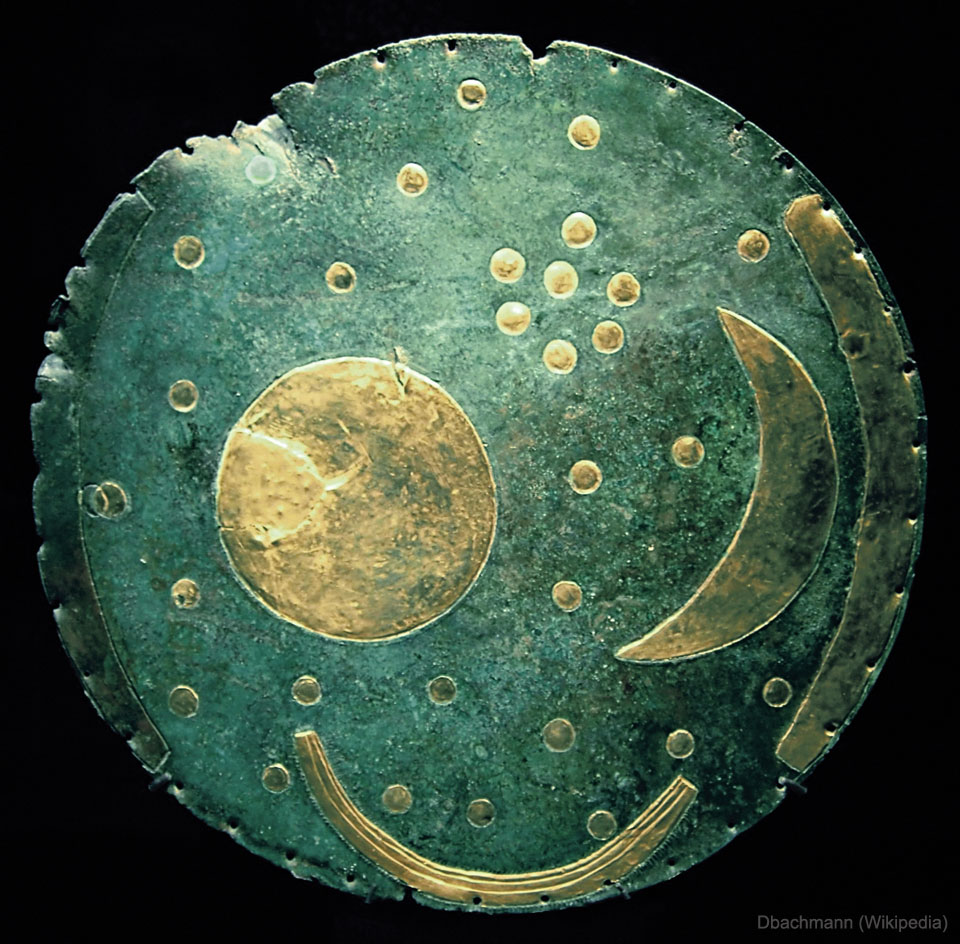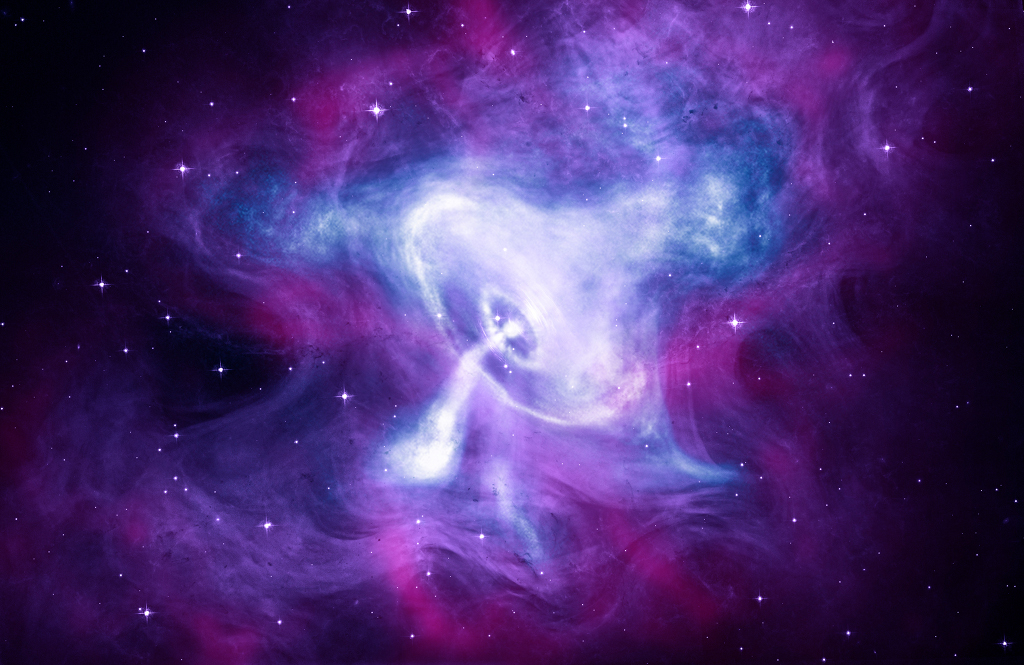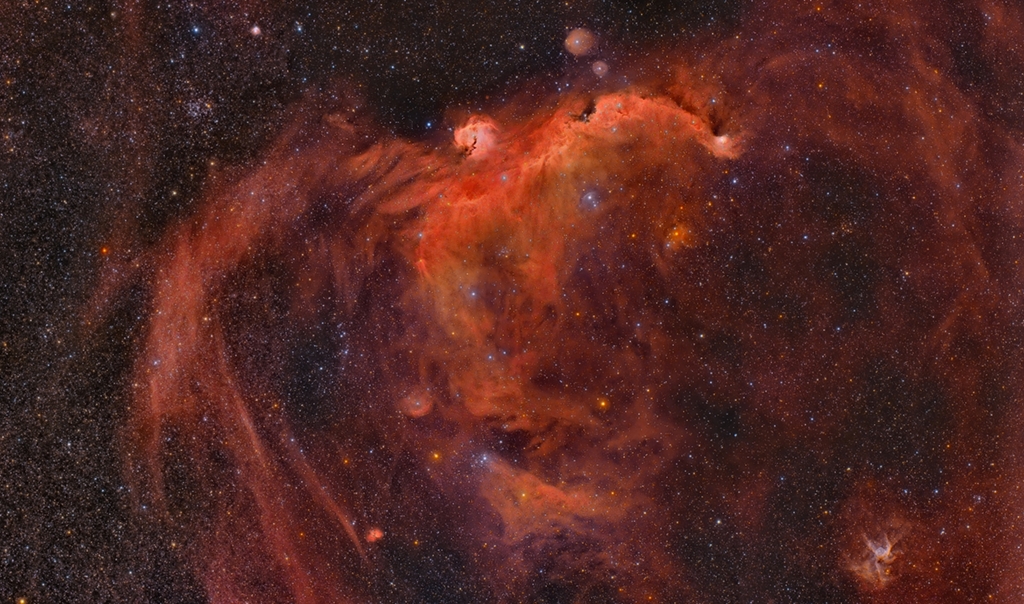Media are invited to view NASA’s Interior Exploration using Seismic Investigations, Geodesy and Heat Transport (InSight) lander Friday, April 6, at Vandenberg Air Force Base in California, where it’s currently undergoing final tests for its May launch.
from NASA http://ift.tt/2G863je
via IFTTT![]()








